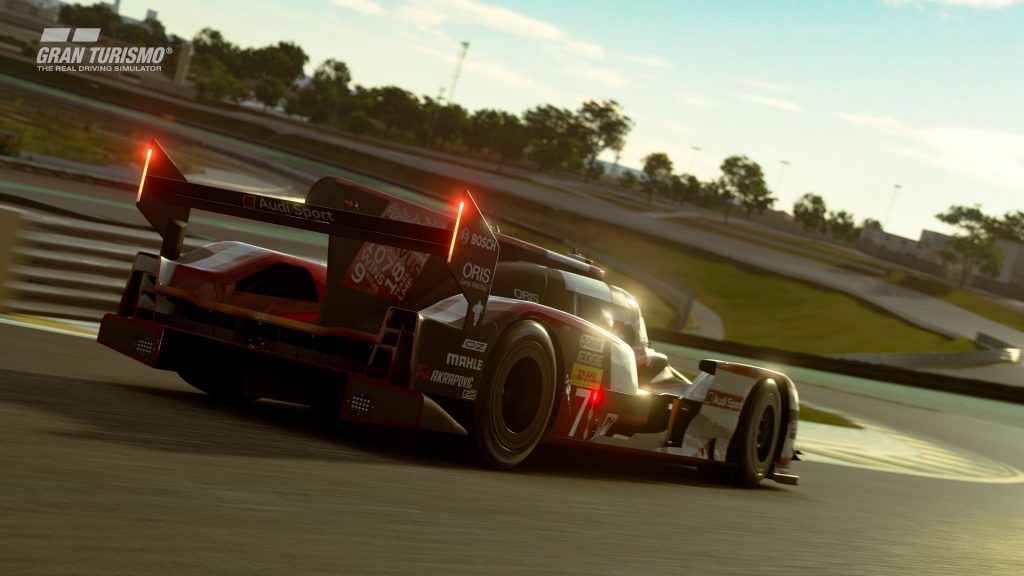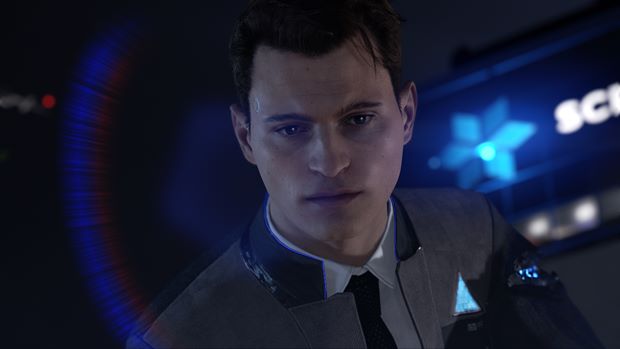
By mid-gen, the Playstation 4 became more of a known quantity to developers, both first-party and third party. Moreover, the phasing out of the PS3/Xbox 360—the end of the “cross-gen” period meant that titles were finally freed from the technical shackles of the previous gen. As a result, PS4 titles from 2014 onwards came to increasingly representative of what we think of as “current gen,” whether in terms of graphics, gameplay, or worldbuilding.
On the flip side, the move beyond the cross-gen period also put in stark focus the limits of current-gen console hardware. While the PS3 and Xbox 360 were sold at a significant loss throughout their lifespan, both Sony and Microsoft rationalized costs in the 8th-gen, resulting in hardware that was unbalanced, to say the least: Both the PS4 and Xbox One have GPUs that are an order of magnitude more powerful than their predecessors, and their mid-gen refreshes offer meaningfully better GPU capabilities above and beyond them. However, their CPUs—all based on the low-profile Jaguar architecture—were, in some cases, weaker than what came nearly a decade before. Moreover, the leap in GPU power was offset by an equally ambitious leap in target resolution. The PS4 Pro has a GPU approximately twice as powerful as the base PS4. Yet, described as a “4K” machine, it faces the unenviable challenge of having to run titles at 4 times the resolution of the PS4, titles that often struggled to perform well, even at 1080p, on the base PS4.
In many cases it was simply beyond the capabilities of the hardware to run visually complex games at high resolutions and playable framerates: there was just not enough resources available. Not to be deterred, developers invested in a whole range of new techniques, from variable resolution to temporal reconstruction, to the much-debated checkerboard rendering. By working smart, first-party PS4 developers were able to offer best-in-class console visuals without undue sacrifices to image quality. We’ll have a look at how this was accomplished through some of the leading first party games released from early 2016 till date.
Uncharted 4, for many, remains the title when the next-gen truly arrived. High-polygon models, in excess of 80,000 polys and high-res textures provided a fundamental leap in fidelity over the previous game on PS3. Added to this, Naughty Dog incorporated a whole host of modern rendering techniques, from physically based rendering—for realistic materials—to a static global illumination lighting model. Uncharted 4’s animation system was also fully overhauled to enable 360 degrees of freedom. The end result was a near-photorealistic adventure that’s only been bettered by, well, other Naughty Dog first-party titles like the in-development The Last of Us 2 (which we will talk about in our final part of this series). Considering just how intensive the title was, the PS4 Pro version outputs a relatively respectable 1440p, which while offering better IQ than the base PS4 experience.
Fast forward in early 2017. When Guerilla Games first started work on Killzone: Shadowfall, the final specs for the PS4 weren’t even confirmed. While the end product was still a visually spectacular launch-day shooter, it was their next eighth-gen title, Horizon Zero Dawn that saw Guerilla really push PS4 hardware to its limits. Horizon Zero Dawn offers the standard set of next-gen features, including physically based rendering and global illumination. Where Horizon really comes into its own is in its handling of scale: micro-scale interactions, like cutscene conversations between characters showcase Horizon’s incredibly detailed models, innovative TressFX-based hair rendering system, and motion-capped facial animation, while large-world interactions in the open world are equally impressive: ambitious LODs mean that grass and objects are rendered far into the distance for picture-perfect moment to moment exploration. Horizon is also considered a fantastic 4K showpiece for the PS4 Pro. Guerilla’s implementation of checkerboarding outputs an image that’s often hard to tell apart from a native presentation.
During the previous generation, the question for leading console game developers was always this: framerate or visual quality? Because of hardware constraints, this was always the tradeoff with last-gen racing games: Do you run at 60 FPS or have visuals that are meaningfully better than a PS2? Racing games play nicely with the PS4’s strength—a strong GPU. With the kind of power on tap with the PS4, an uncompromised native 1080p/60 output finally became a reality, something that the late PS3-era GT6 reached for, but never quite managed to achieve. On the base PS4, Gran Turismo Sport utilizes a static GI implementation, not too different from what’s seen in Assassin’s Creed: Unity, physically-based materials and some of the highest-poly models ever used in a game.
Polyphony’s attention to detail extends even to modelling air vents in the cars, something that’d go entirely unnoticed during actual gameplay, but just exist nevertheless. The static GI model used means that dynamic day-night shifts are out of the question. However, players can pick from fixed time-of-days, making up for this to a certain extent. In replay mode, which is at 30 FPS on the base PS4, Gran Turismo Sport’s combination of solid image quality and exception effects work results in a near photorealistic presentation. It’d be amiss if we didn’t talk about the phenomenal HDR implementation in the game. Atmospheric elements like clouds and the sun appear truer to life. Moreover, HDR allows for vivid contrast between bright, artificial lights as on the cars, and the natural environment.
However, the PS4 Pro again struggles with the mammoth task of delivering acceptable 4K output. GT Sport settles for a rather respectable 1800p checkerboarded output: while image quality isn’t perfect, it is an upgrade over 1080p and, crucially, it’s running at a fairly steady 60 FPS: there is little that quite as glorious as 4K/60 gaming, even if its upscaled.
And then earlier this it was Sony once again leading the charge. Santa Monica sure has a way of extracting just a bit more out of Playstation hardware to deliver best-in-class visuals. The original God of War on PS2 is a case in point, still a breathtakingly gorgeous game that doesn’t for an instant appear to belong on hardware that’s about on par with a modern-day graphing calculator. (We’re not even kidding. The Ti Nspire CX CAS is a calculator that reliably overclocks to the 200-250 MHz range. Of course that’s apples and oranges, but still: a calculator). This year’s reboot really took things to the next level.
God of War moves to a physically based renderer, allowing for realistic materials. But the real highlight is extreme, high-frequency detail on the models, with realistic skin and hair. Kratos gets a full beard this time around, with individual strands of hair rendered. The title’s particle system also gets an overhaul, with extensive use of GPU-accelerated particle effects that a sense of heft to the already-brutal combat. PS4 Pro opts for 4K checkerboarding, as with Horizon Zero Dawn, though with minimal improvements apart from the increased resolution.
A clear pattern seems to be emerging here: First party studios working on PS4 games tend to work with the platform’s strong areas—particularly the relatively powerful GPU, to deliver the most convincing results. This does, to an extent, impact the nature of the games they develop, which is perhaps why we see so many relatively closed-off linear experiences in this list. (Not that that’s a bad thing: we’re, personally, big fans of narrative-heavy titles). But having said that, Detroit: Become Human represents perhaps the most ambitious attempt to play to the PS4’s strengths.
Apart from the expected physically-based rendering pipeline and global illumination implementation, Detroit: Become Human’s strength lies in its convincing, near-photorealistic character rendering. The use of an advanced skin shader, extremely high-poly models and mo-cap result in some of the most convincing character performances we’ve ever seen in a game: If there’s ever been a title whose characters come close to escaping the uncanny valley, it’s Detroit: Become Human.
In short, Sony’s first party studios are on a roll. Each year they have upped the ante with some of the best developing tools in the industry which has helped them develop some truly breathtaking games on a console. But what does the future look like for the console who is on its the last leg? In our fourth and final part of this series we will look at some of the best looking upcoming games powered by some of the most advanced gaming development tools. Stay tuned!
















